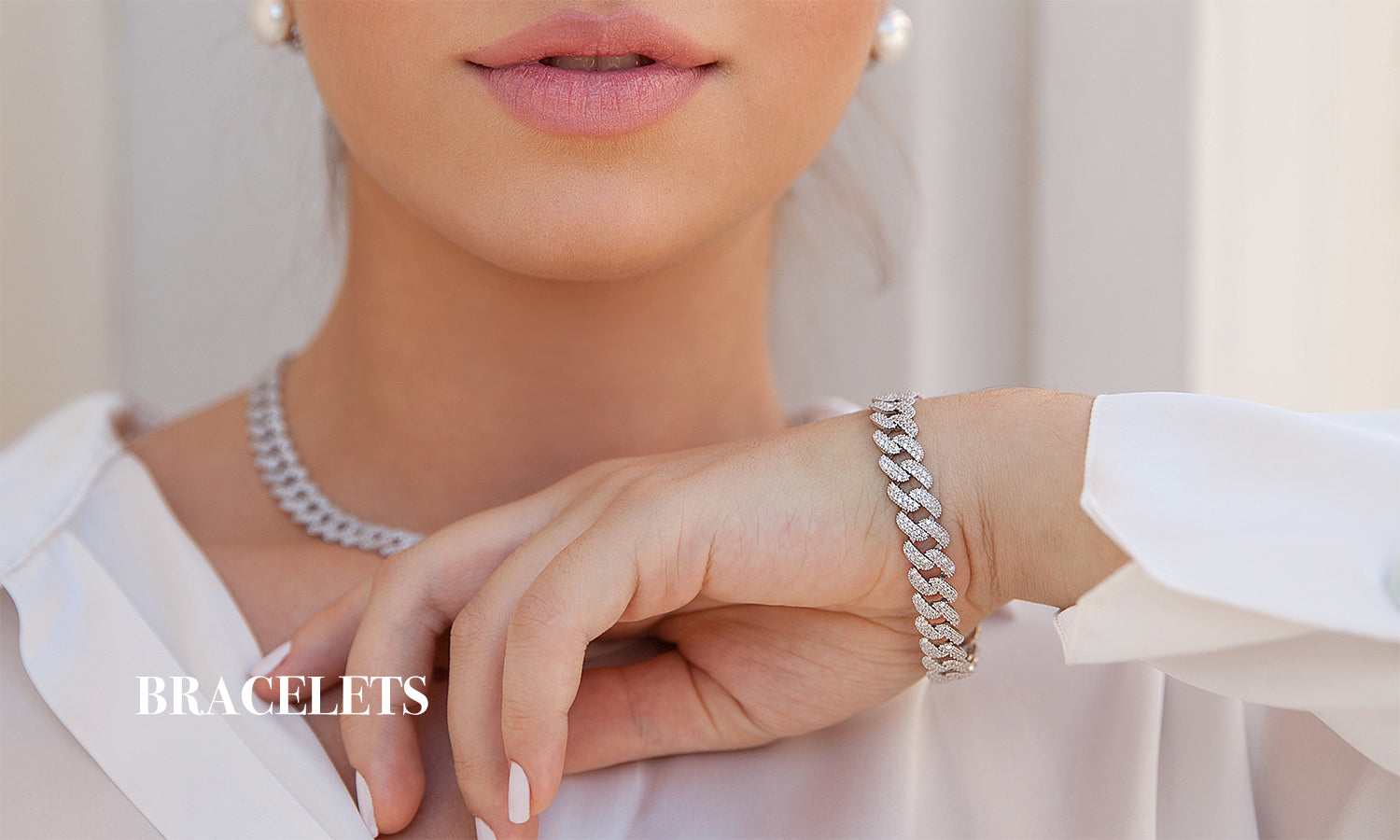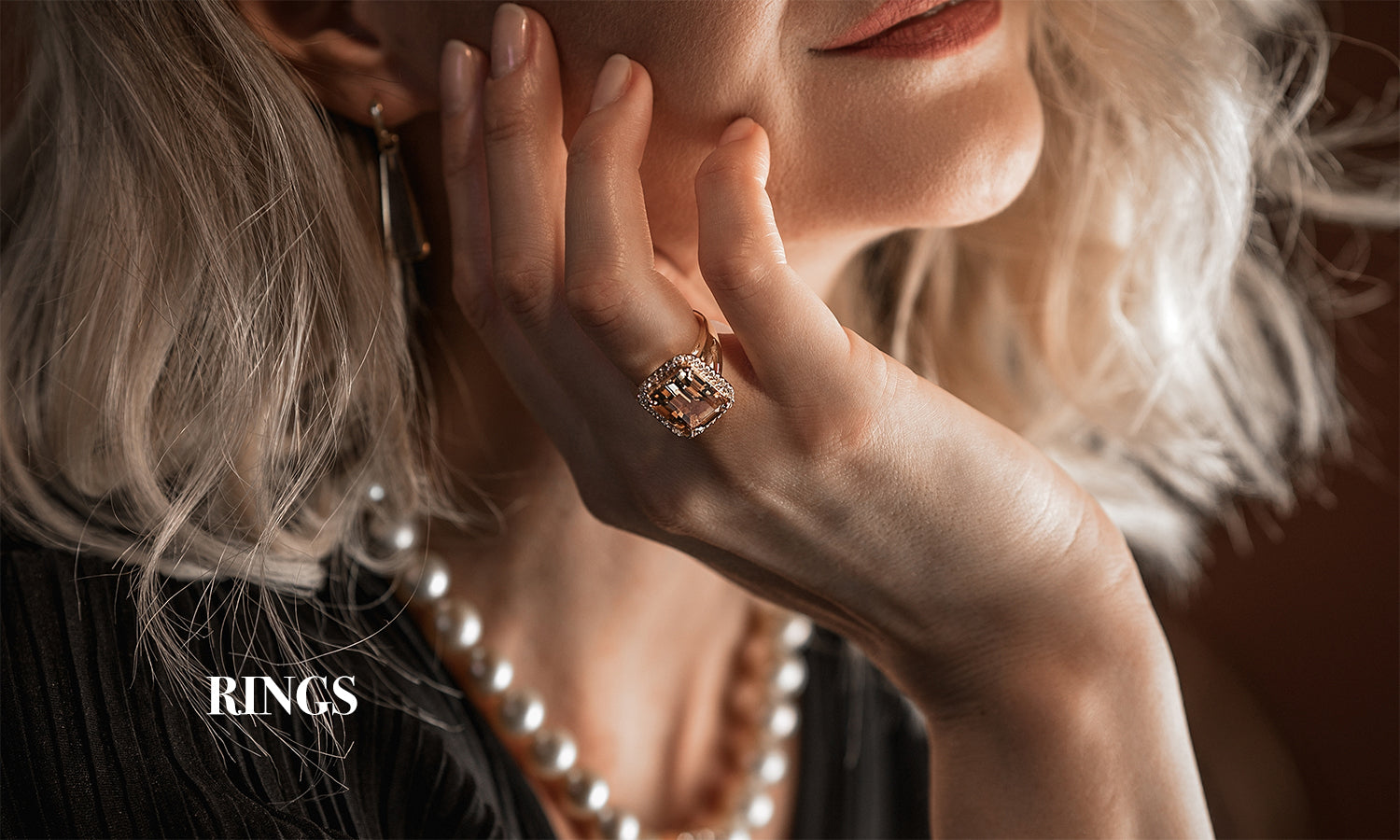
Lab Created Diamond Jewelry: A Modern Marvel in the World of Gemstones
Share
In recent years, lab-created diamond jewelry has taken the spotlight in the gemstone industry. Offering an ethical, sustainable, and affordable alternative to natural diamonds, these marvels of modern science have become a favorite among consumers and jewelers alike. This article delves into the fascinating world of lab-created diamonds, their benefits, and why they are revolutionizing the jewelry market.
|
Aspect |
Lab-Created Diamonds |
|
Definition |
Diamonds grown in controlled laboratory environments using HPHT or CVD methods, identical to natural diamonds in chemical, physical, and optical properties. |
|
Ethical Benefits |
Conflict-free, transparent supply chain, free from ethical concerns associated with "blood diamonds." |
|
Environmental Impact |
Significantly lower environmental footprint compared to traditional mining, reduced energy consumption, and minimal ecological disruption. |
|
Cost |
30-40% less expensive than natural diamonds due to efficient production and shorter supply chains. |
|
Quality |
High quality with fewer inclusions and blemishes, available in a variety of shapes, sizes, and colors, often with superior clarity. |
|
Market Trend |
Increasing popularity due to rising consumer awareness and demand for ethical, sustainable products; growing acceptance and incorporation by jewelers globally. |
|
Future Outlook |
Continued advancements in technology expected to enhance quality and affordability, reinforcing the shift towards responsible and conscious consumption in the jewelry market. |
|
Conclusion |
Lab-created diamonds offer a perfect blend of beauty, ethics, and sustainability, making them a smart, responsible choice for modern consumers seeking high-quality, eco-friendly jewelry. |
What are Lab-Created Diamonds?

Lab-created diamonds, also known as synthetic diamonds or man-made diamonds, are diamonds that are grown in highly controlled laboratory environments using advanced technological processes. These diamonds are chemically, physically, and optically identical to natural diamonds, which form over billions of years under extreme pressure and temperature conditions deep within the Earth’s mantle.
There are two primary methods for creating lab-grown diamonds:
- High Pressure, High Temperature (HPHT):This method mimics the natural diamond formation process by applying high pressure and high temperature to carbon material.
- Chemical Vapor Deposition (CVD):This method involves breaking down gas molecules that contain carbon, allowing carbon atoms to deposit onto a substrate and grow a diamond crystal layer by layer.
Benefits of Lab-Created Diamonds

Ethical and Eco-Friendly
One of the most compelling advantages of lab-created diamonds is their ethical production. Unlike natural diamonds, which can sometimes be associated with conflict zones and unethical mining practices, lab-grown diamonds are produced in a controlled environment with a transparent supply chain. This ensures that they are free from the ethical concerns commonly associated with "blood diamonds."
Moreover, lab-created diamonds have a significantly lower environmental impact. Traditional diamond mining can cause extensive environmental damage, including soil erosion, deforestation, and ecosystem disruption. In contrast, the production of lab-grown diamonds consumes less energy and reduces the overall carbon footprint, making them a more sustainable choice.
Cost-Effective
Lab-created diamonds are typically more affordable than their natural counterparts, often costing 30-40% less. This price difference is not due to any disparity in quality but rather the shorter supply chain and more efficient production process. As a result, consumers can enjoy larger, higher-quality diamonds at a fraction of the cost of mined diamonds.
Quality and Variety
Lab-created diamonds offer exceptional quality and come in a wide variety of shapes, sizes, and colors. Advances in technology have enabled the production of diamonds with fewer inclusions and blemishes, often resulting in higher clarity compared to natural diamonds. Additionally, consumers can choose from a range of colors, from the classic clear diamond to fancy colors like pink, blue, and yellow, expanding the possibilities for unique and personalized jewelry.
The Future of Lab-Created Diamond Jewelry

The rise of lab-created diamonds is reshaping the jewelry industry. As consumer awareness and demand for ethical and sustainable products grow, lab-created diamonds are becoming increasingly popular. Jewelers around the world are incorporating these diamonds into their collections, offering a wide array of stunning pieces from engagement rings to earrings and necklaces.
Furthermore, as technology continues to advance, the quality and affordability of lab-created diamonds are expected to improve even more, solidifying their place in the market. This evolution signifies a shift towards more responsible and conscious consumption, aligning with the values of modern consumers who prioritize sustainability and ethical practices.
Conclusion
Lab-created diamond jewelry represents a perfect blend of science and art, bringing together the brilliance and allure of diamonds with the benefits of ethical production and environmental sustainability. Whether you are seeking a beautiful engagement ring, a memorable gift, or a timeless addition to your jewelry collection, lab-created diamonds offer a smart, responsible, and stunning choice. Embrace the future of gemstones with lab-created diamond jewelry, and enjoy the sparkle of innovation and integrity.




